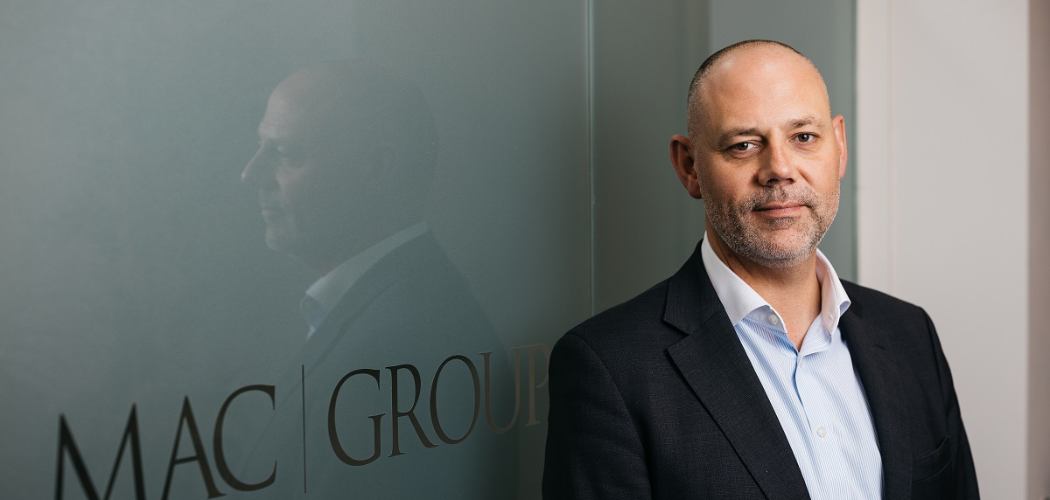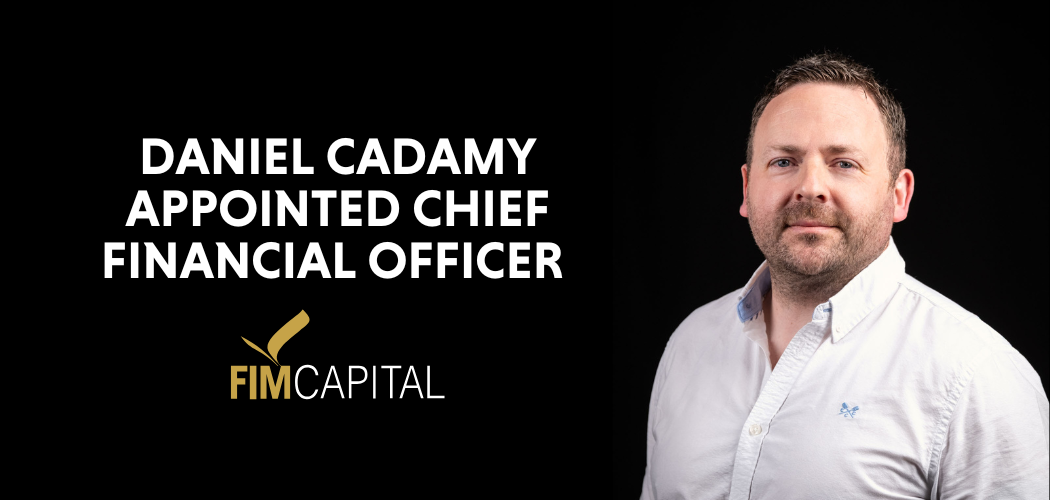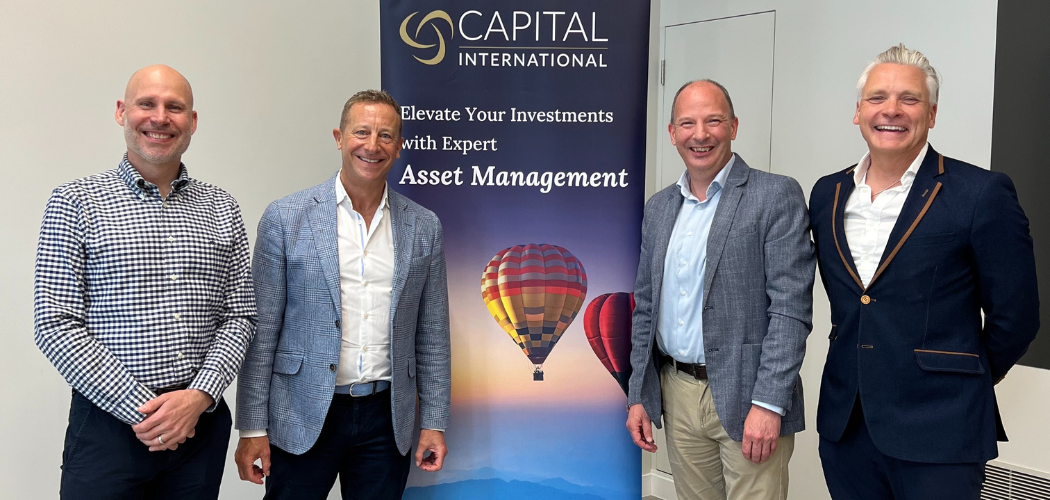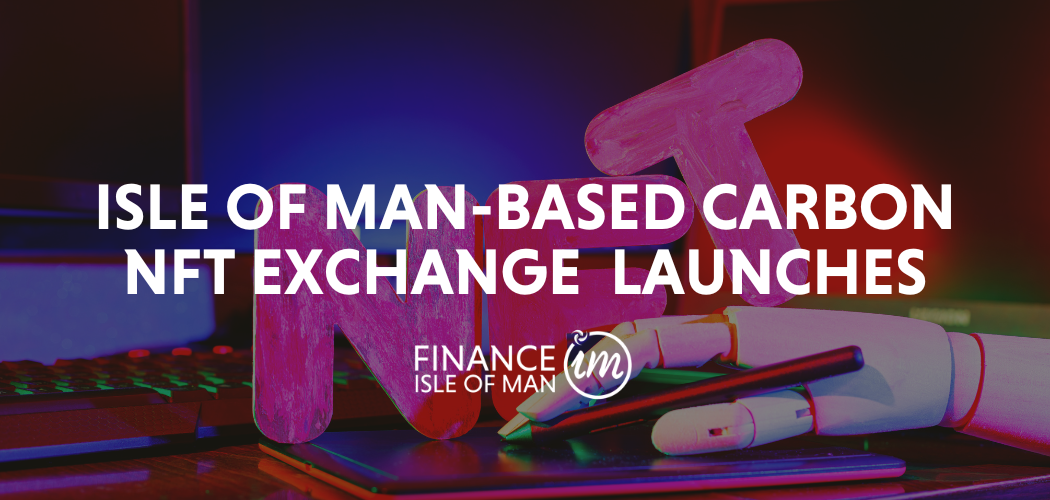From Barter to Bitcoin: Insights from Money's Past to Illuminate the Future
25 March 2024

Written by Pieter Cloete, Investment Manager at FIM Capital
How do you measure success? For some, it's the wellbeing and happiness of loved ones, particularly one's spouse and children. Others, however, gauge success through the prism of wealth. Yet, regardless of our individual perspectives, money intricately weaves itself through the tapestry of our lives, touching upon almost every facet of our existence. But what can we glean from its historical journey, and how might we best prepare for the road ahead?
Before the advent of formalised currency systems, humanity relied upon the simplicity of barter. While effective in early civilisations, the complexities of evolving needs soon rendered it inadequate, leading to the emergence of standardised mediums of exchange.
Among the earliest forms of money were natural objects or materials, such as the renowned cowrie shells, which first found utility as currency circa 1200 BCE. However, it is arguable that gold stands as the most enduring symbol of wealth and stability. Dating back to the 7th century BCE, the initial coins fashioned from a fusion of gold and silver laid the groundwork for monetary systems across civilisations.
Gold remained a cornerstone of economic frameworks for centuries. Britain officially ceased using the “gold standard” in 1931, and the US in 1933, but it wasn’t until 1971 that the system was totally abandoned. The transition to fiat currency marked a significant departure, severing the tangible link between money and physical assets.
However, the inherent flaws of fiat currency are palpable. Reliance upon trust in central governments and unbridled money printing have spurred inflation and eroded the value of fiat currencies. In her insightful book, 'Broken Money', Lyn Aldyn underscores the staggering devaluation of currencies such as the U.S. dollar and the U.K. pound sterling since their detachment from the gold standard, having fallen by 98% and 99% respectively relative to gold.
Enter Bitcoin — a digital currency underpinned by blockchain technology. Its decentralised and transparent nature, coupled with a finite supply, offers a tantalising potential solution to the inadequacies of fiat currency. The ascent of Bitcoin has heralded the emergence of cryptocurrencies and catalysed the birth of Web 3 — a new paradigm of the internet characterised by blockchain technology, decentralisation, enhanced user control and ownership.
Pioneers like Brendan Eich, creator of JavaScript and co-founder of Mozilla, have propelled this concept forward, challenging conventional norms with innovations like the Brave web browser that has the potential to disrupt established companies like Google. The convergence of blockchain and Web 3 has sparked interest in the metaverse — a virtual realm wherein users interact within computer-generated environments. Meta (formerly Facebook) and tech titans like Apple are pouring resources into this burgeoning frontier, promising immersive mixed reality experiences on the horizon. Blockchain and AI are also fusing together, with projects such as Worldcoin, founded by Sam Altman, the CEO of OpenAI that created ChatGPT.
Nevertheless, for traditional investment managers tasked with safeguarding retail clients' portfolios, navigating the uncharted waters of cryptocurrency presents formidable challenges. Rigorous risk management protocols, such as FIM Capital's requirement of a three-year track record, pose barriers to entry for nascent assets like U.S.-domiciled spot Bitcoin exchange-traded funds.
Ultimately, the pursuit of the perfect form of money transcends the medium itself, focusing instead on preserving and enhancing purchasing power. Herein lies the value proposition of asset managers. Stocks, with their proven track record of outpacing inflation over the long term, provide a hedge against monetary erosion. Strategic allocations to companies directly benefiting from cryptocurrency adoption or emerging technologies like AI and the metaverse further bolster portfolio resilience and performance.
In a world of uncertainty, diversification remains the bedrock of sound investment strategy. Asset managers must continually explore all avenues to deliver optimal risk-adjusted returns, harnessing the lessons of the past to illuminate the path forward in an ever-evolving financial landscape.





